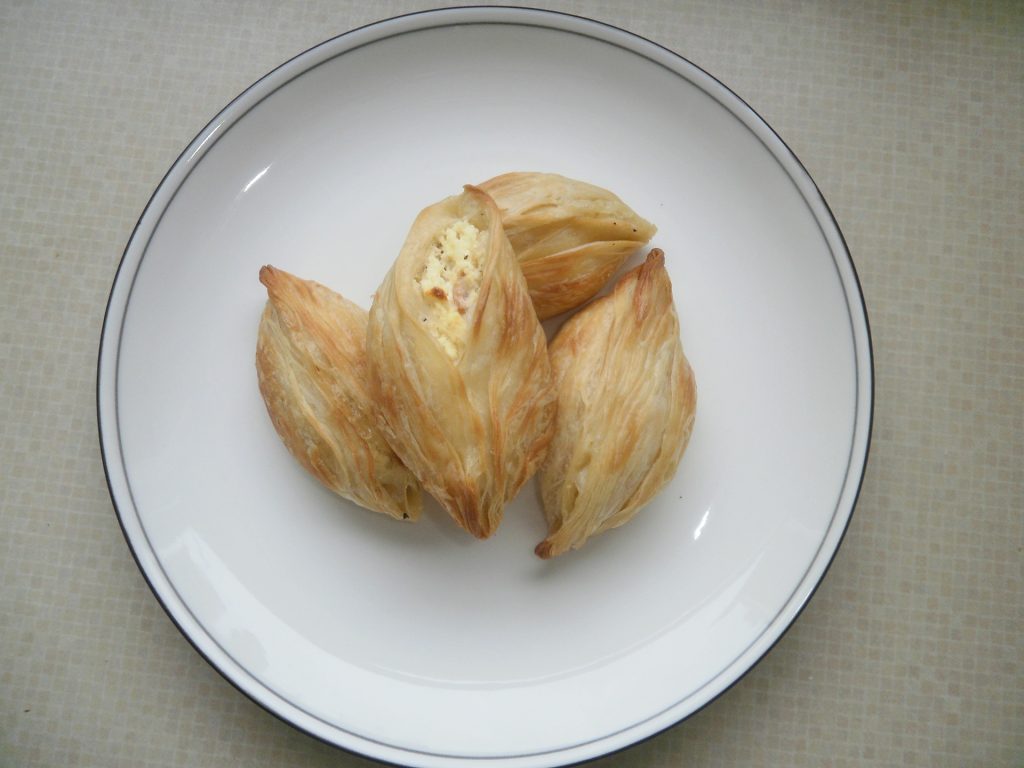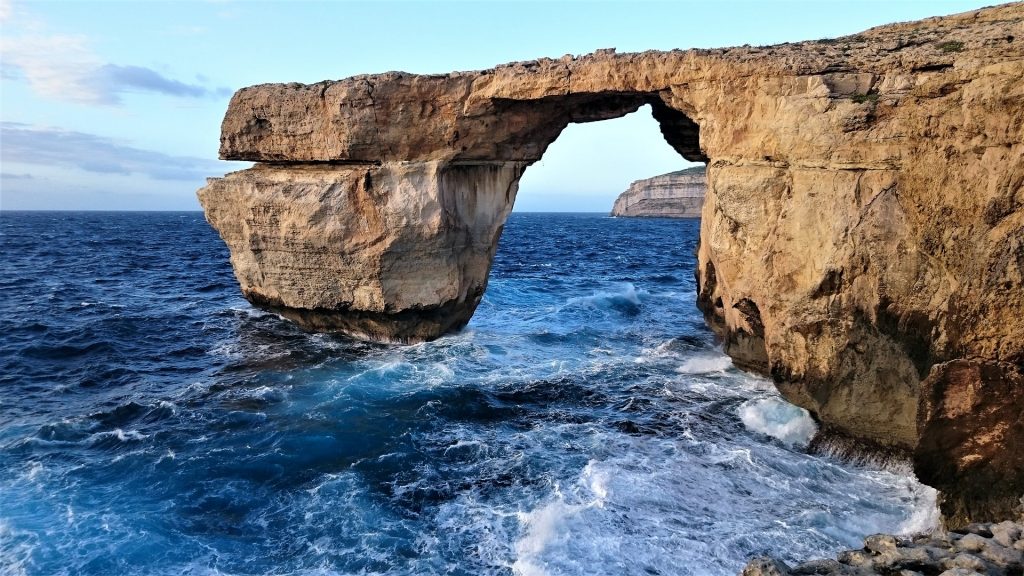Malta, you may or may not have heard of it. Malta is not, nor does it feel in any way Italian. If the Mediterranean had a great hits album, Malta would be the first song.
Malta, you may or may not have heard of it. Malta is not, nor does it feel in any way Italian. If the Mediterranean had a great hits album, Malta would be the first song. That is because all maritime routes in the sea have led at some point or another to these islands. The unique facet of Malta boils down to the genetic makeup of its population. A wonderfully blended stew of every invading force that over millennia swapped tenancy perhaps more than any other nation in Europe. Their language derives from the Phoenicians is Semitic, their identity is as any Maltese would extol, European, in particular heavily Sicilian and the direction in which they drive is British.
Malta comprises three islands, namely Gozo, Comino and Malta itself. It’s intricate, congested, rugged, and molded by dense limestone that is the foundation for the terrain and sturdy buildings that dot Malta. The traffic is unpredictable and frustrating on its narrow and venous roads. The cities often are tightly crammed side by side, sometimes with no clear definition of boundaries. A few towns one might be inclined to peruse are Mellieha Bay, Golden Bay, and St Julius. However, Valletta is just much better.
Valletta and the neighboring cities
Tiny and seemingly molded into limestone, the capital is lined by a symmetrical grid of angled streets with slivers of the Mediterranean peeking out at the end of every road. Turn the corner, and there is another slender alley painted by multi-colored gallery balconies. A rainbow ray of flowers at the Lower Barrakka gardens beside more UNESCO heritage sites and indeed a great place to walk. And of course, after a long walk, you can snack on local food. Welcome pastries dearest to all Maltese hearts, Pastizzi and Honey Ring. Pastizzi is a flaky cheese-filled pastry, while the Honey Ring is a pastry with a hard exterior wrapping an inner filling made up of marmalade, orange peel, and spices.

Geography is unforgiving and determines the fate of civilization, as easy as a blessing or a curse. Perhaps no nation knows this better than Malta; a tiny strategic island placed right in the middle of the most navigated maritime passageway in history. Across the grand harbor are the three cities of Vittoriosa, Senglea, and Conspicua. Standing in the streets at different points of the past millennia means you’d have been a witness to countless sieges, changing of the guards and battles for control of the Mediterranean. From Phoenician ships to bombing, the identity of these cities was fortified layer by layer with every passing hand. Walking through this maze of pathways today gives you a glimpse into real Maltese life. It’s a quiet stroll amongst polished limestone and concrete, with few people to be seen, perfectly ornate and seemingly unbothered by time.
Gozo and Comino
Known to be a quiet spot, Gozo is Malta’s sister island, greener, smaller and more rural. According to Homer’s Odyssey, Gozo is considered as the legendary Calypso’s isle. The rugged landscape and jaw-dropping coastline of Gozo are among the Mediterranean’s most well-known diving sites. The island also possesses historical sites, forts and prehistoric temples (Ggantija). Besides, Gozo has an excellent cycling route, signed all the way, ideal for anyone with an average level of fitness.
The Romans, followed by the knights later in history, inhabited Comino island in the past. The tiny island is free of commercial buildings and traffic. The main attractions of Comino are namely the St Mary Tower, a medieval chapel at Santa Marija Bay, and the British Isolation Hospital built-in 1912 after a cholera epidemic ravaged the island’s population. Comino’s most beautiful and popular beaches are The Blue Lagoon and The Crystal Lagoon, crystal clear waters, and sandy beaches. For those seeking quieter spots, you can also head to Santa Marija Bay or San Niklaw Bay.

Maltese cuisine
In the hierarchy of the titans of Mediterranean gastronomy, from the Italians and Spanish to the Greek, Malta’s place perhaps doesn’t resonate with many. That does not, however, mean that great dishes aren’t created in Malta. Elaborately flavorful, unctuously satiating, and supremely underrated concepts, there is indeed a pool of talent oozing out from this tiny nation, internationally acclaimed, from London to New York. Among traditional Maltese dishes are Rabbit stew, fish pie known as Lampuki Pie, and Kapunata, a Maltese ratatouille.
Best time to visit Malta
Malta offers its best views in June, ideal for wonderful outdoors. In June, everything starts changing into a yellowish color, and the green slowly disappears. Days get a little warmer than usual. You can take a dip in May too as the sea is warm enough. The temperature settles around 18 degrees Celsius at this time, swim or spend a whole day on the beach. Spring is also an excellent time for hiking and picnics.

